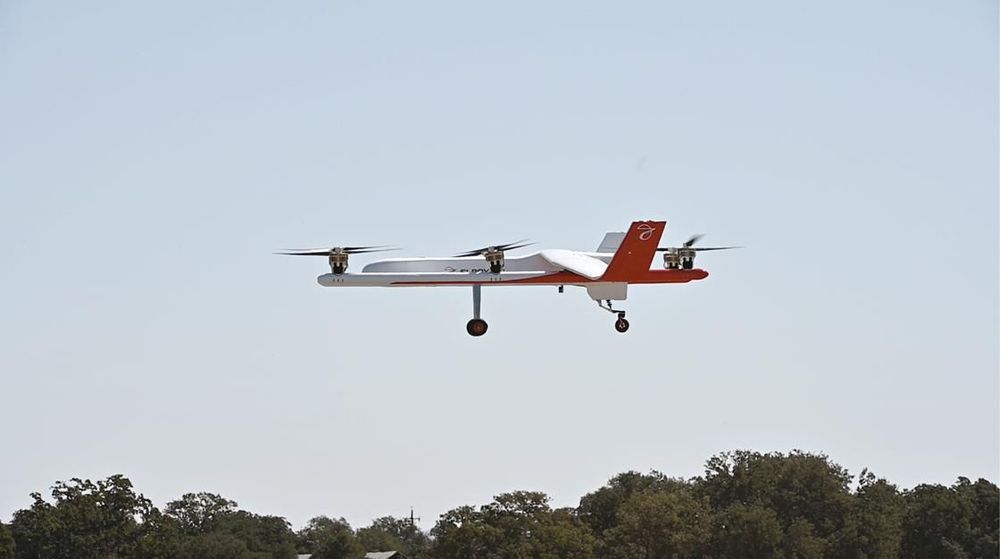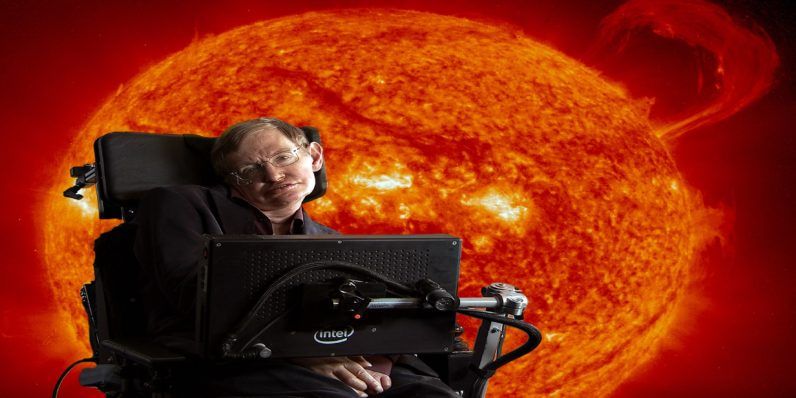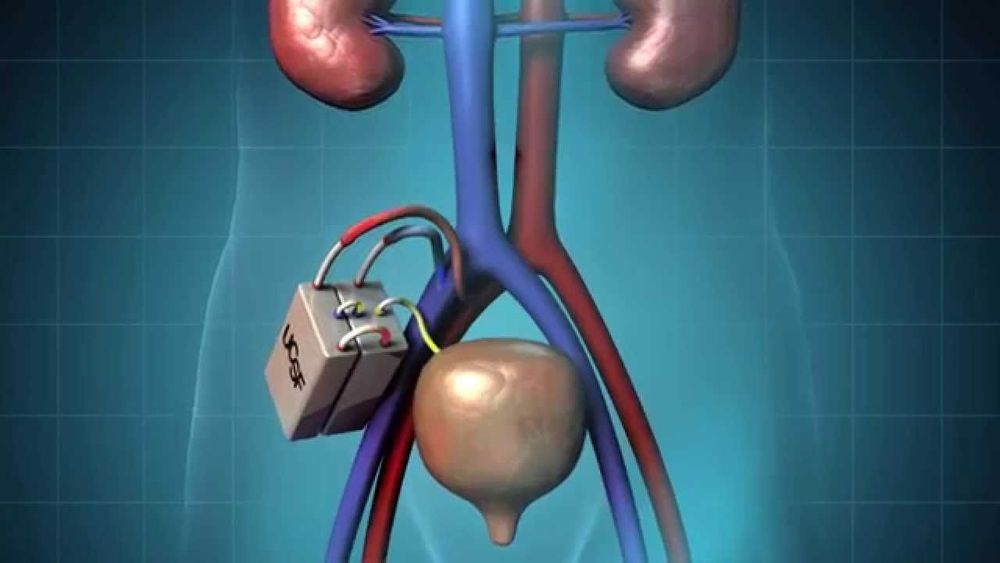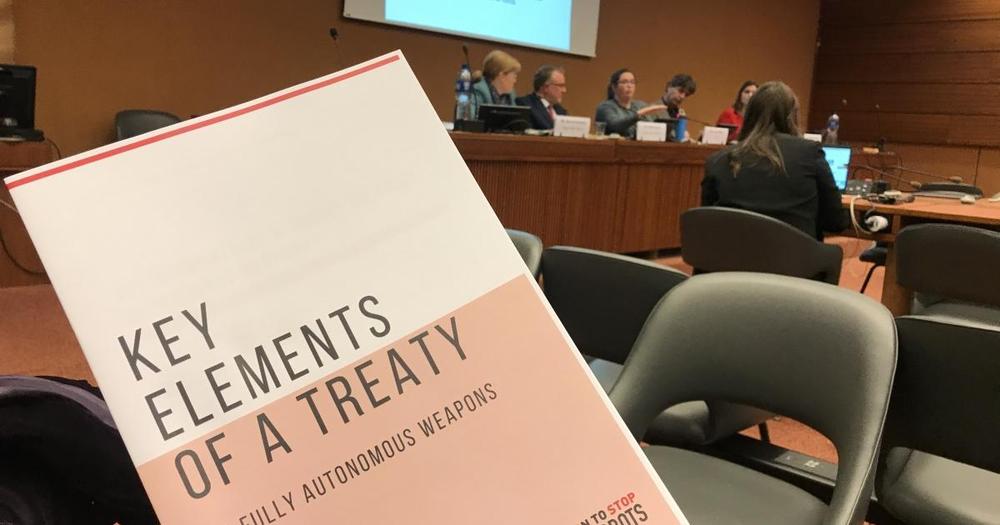Jan 8, 2020
EmbraerX and Elroy Air collaborate on drone delivery systems
Posted by Genevieve Klien in categories: business, drones
EmbraerX, the Brazilian planemaker’s innovation subsidiary, has signed a collaboration agreement with Silicon Valley drone delivery startup Elroy Air for the purpose of developing the unnamed air cargo market worldwide.
The announcement, made at the Consumer Electronics Show in Las Vegas on 8 January, positions Embraer as an “ecosystem player” in the area of urban air mobility, the disruptive business subsidiary’s president and chief executive Antonio Campello tells FlightGlobal.
The companies did not disclose details about the collaboration such as time frame or cost, but say they are already at work together and hope to present results soon.


















